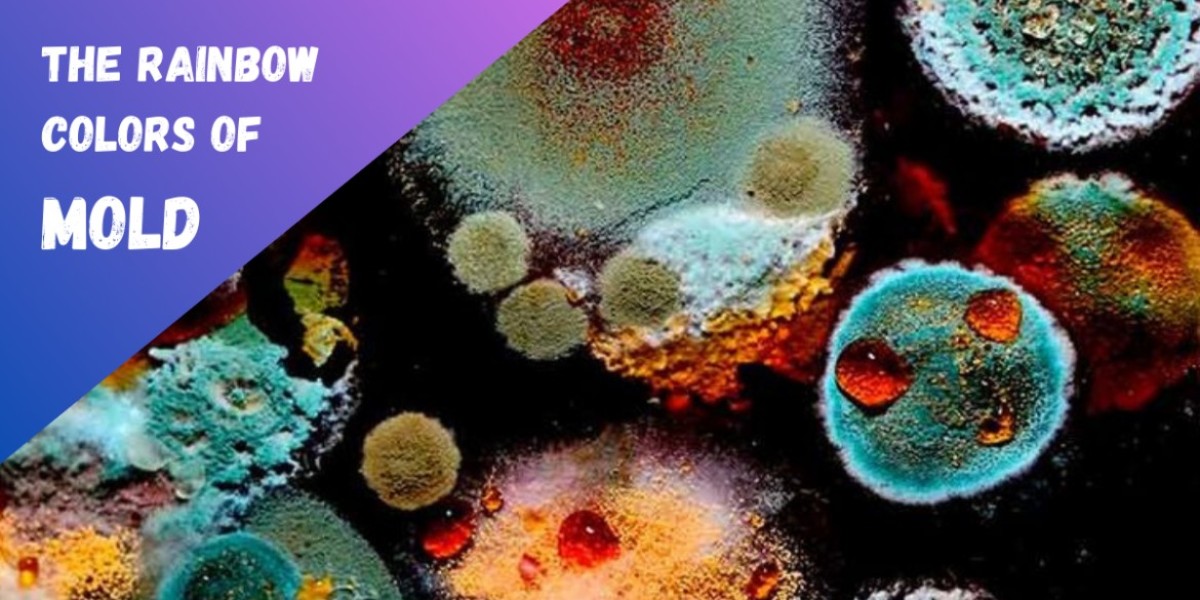Mold is a common household concern, often appearing in damp or humid environments. Among the various types of mold, one that raises eyebrows due to its distinctive color is yellow mold. In this article, we will delve into the world of yellow mold, exploring its causes, potential risks, and effective remediation strategies.
Causes of Yellow Mold:
Yellow mold, scientifically known as Aspergillus flavus, is a type of fungus that thrives in environments with high humidity and organic material. It commonly appears on surfaces such as walls, ceilings, and even food items. The primary factors contributing to the growth of yellow mold include:
Moisture: Yellow mold, like most molds, requires moisture to flourish. Leaky roofs, plumbing issues, or water seepage in walls create the perfect breeding ground for this fungus.
Organic Material: Mold feeds on organic substances, such as wood, paper, and fabric. Areas with a higher concentration of these materials become susceptible to mold growth, including the yellow variant.
Poor Ventilation: Inadequate ventilation allows moisture to accumulate, promoting mold growth. Spaces like basements, bathrooms, and kitchens, which often have limited airflow, are at a higher risk.
Potential Risks Associated with Yellow Mold:
While not all molds pose severe health risks, certain species of yellow mold, specifically Aspergillus flavus, can produce mycotoxins. Exposure to these mycotoxins may lead to health issues, particularly for individuals with compromised immune systems. Potential risks include:
Respiratory Issues: Inhaling mold spores or mycotoxins can trigger respiratory problems, such as coughing, wheezing, or exacerbate existing conditions like asthma.
Allergic Reactions: Individuals sensitive to mold may experience allergic reactions, including skin irritation, sneezing, and itchy eyes.
Toxic Effects: Prolonged exposure to mycotoxins from yellow mold may result in more severe health issues, including liver damage in extreme cases.
Remediation Strategies:
Addressing yellow mold promptly is crucial to prevent further growth and mitigate health risks. Here are effective remediation strategies:
Identify and Eliminate Moisture Sources: Locate and fix any sources of water leakage or moisture. Repairing leaks, improving ventilation, and using dehumidifiers can help maintain a dry environment.
Remove Contaminated Materials: Dispose of materials that cannot be adequately cleaned, such as severely mold-infested drywall or insulation. This prevents the spread of spores.
Thorough Cleaning: Scrubbing affected surfaces with mold-killing solutions, such as a mixture of water and detergent, can help remove visible mold. Follow up with thorough drying.
Professional Assistance: In severe cases, seeking professional mold remediation services is advisable. Professionals have the expertise and equipment to handle extensive mold infestations safely.
Conclusion:
Yellow mold, while visually distinctive, should not be underestimated. Understanding its causes, potential risks, and employing effective remediation strategies is crucial for maintaining a healthy indoor environment. By addressing moisture issues and promptly removing mold, homeowners can create spaces that are less hospitable to these fungi, promoting a safer and more comfortable living environment.

